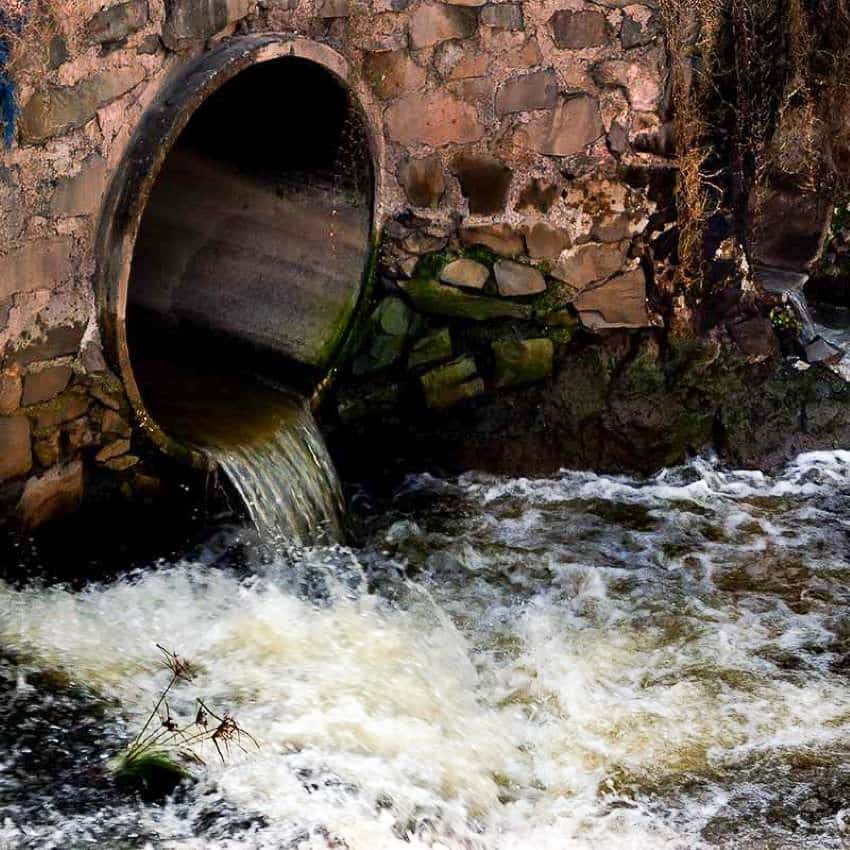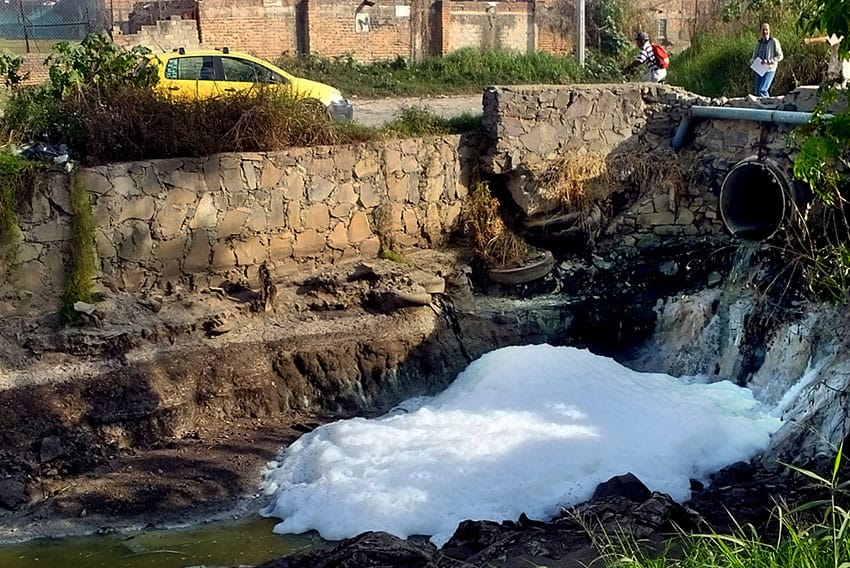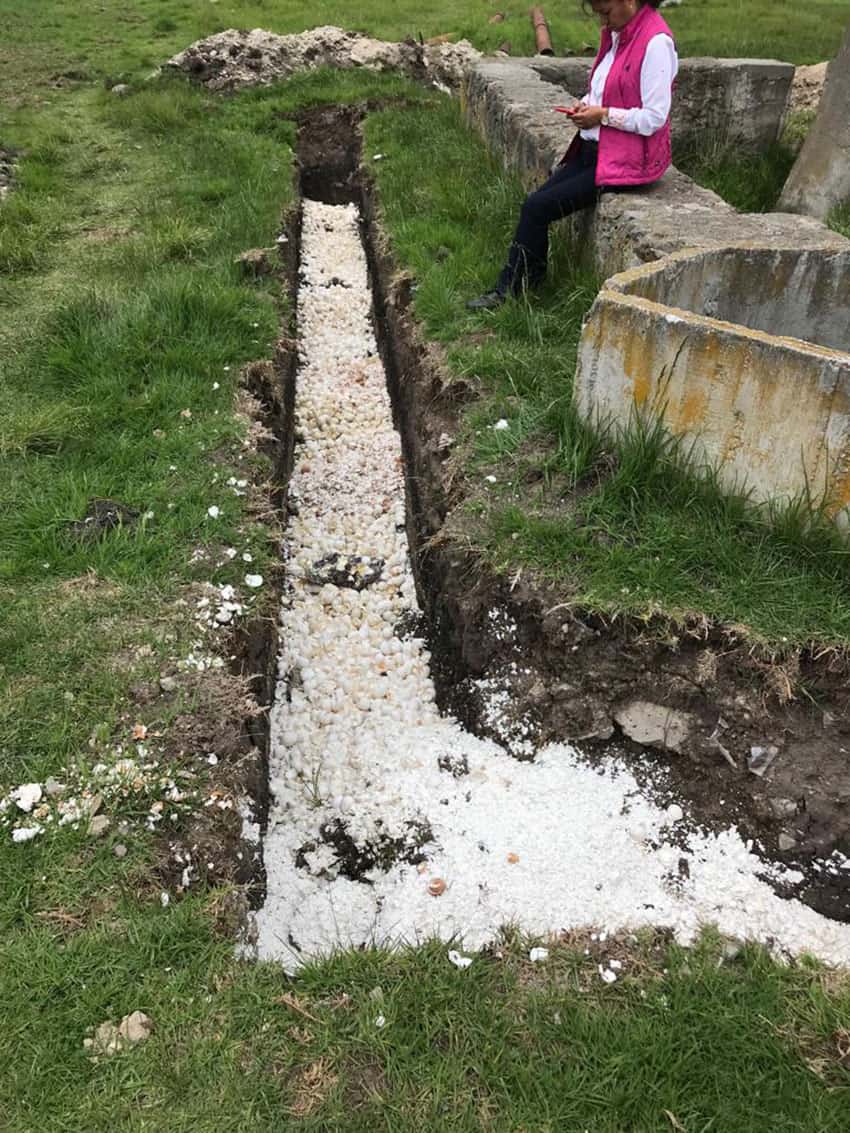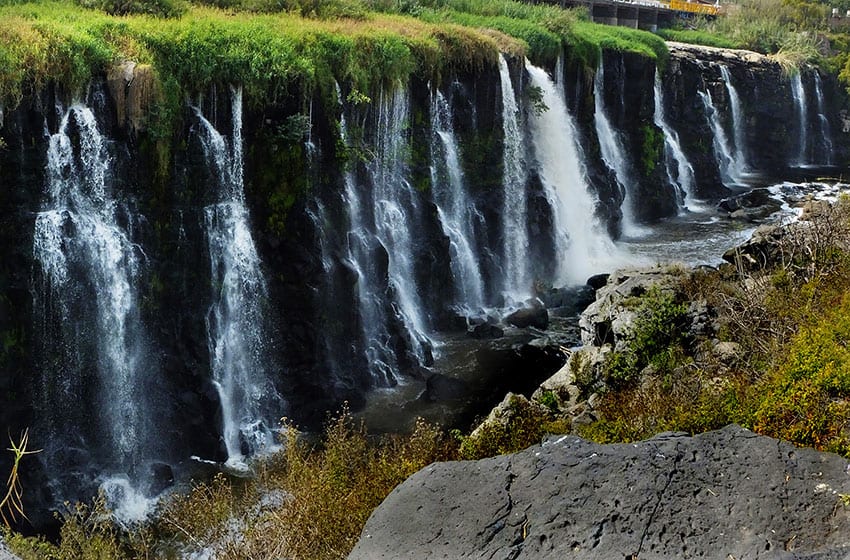I live in a rural community eight kilometers west of Guadalajara. One day, this post appeared in our local chat forum:
“Save your eggshells! Don’t wash them! I will be collecting them regularly for the Santiago-Lerma Clean Water Project.”
That got my attention because I’ve long been concerned about the abominable state of both the Lerma River, which flows into Lake Chapala, and the Santiago, which flows out of it. I was delighted that people in my own community were suddenly trying to do something to clean them up … but with eggshells?
For every project, there is, of course, a Facebook page. Searching for h2oJalisco, I soon found myself talking to Bernardo Galán, a Guadalajara representative of this new movement. I asked him to explain what they were up to.
“This is a project that started out for the purpose of obtaining acceptable water from the Lerma River and is now focusing on the Santiago,” he said. “It’s nonprofit and apolitical. To make this happen, we are attempting to collect four tonnes of eggshells, four tonnes of quicklime (cal in Spanish) and four tonnes of magnesium oxide.
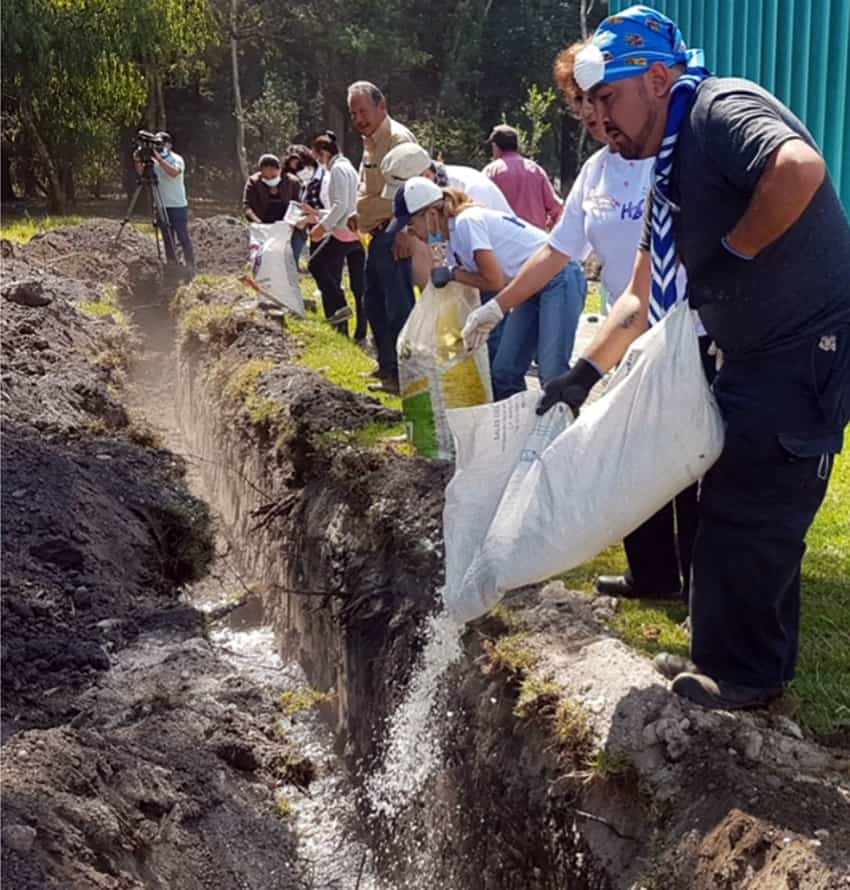
“All of these will go into two wells near the Santiago River — exactly where, we haven’t yet decided. It could be in El Salto; it could be in Zapopan or maybe in Chapala. The idea is to make a physical-chemical mixture that will absorb some of the heavy metals and fecal matter in the wells and also to put healthy minerals back into that well water. We calculate that each well will provide clean water for a period of eight months, and our idea is not to do this just once but on a permanent basis.”
Galán explained to me that the mixture of the three ingredients goes into a ditch dug between the well and the river, a ditch exactly as deep as the well so that it will tap into the underground water feeding the well.
“We fill the ditch with our mixture during the rainy season to make sure it will affect the water table and therefore the well,” he explained.
Galán says that the collection of eggshells for this year will end August 2. Two weeks later, they plan to be filling the ditches.
“We are seeking permission to do this on government land near El Salto, but if permission is denied, we will do it on private land,” Galán said. “By the way, the scientists who began this project will come and analyze the water in these wells, both before our intervention and one year afterward.”
The eggshell plan was originally hatched by Evangelina Arias Ortega in Lerma de Villada, located 50 kilometers west of Mexico City.
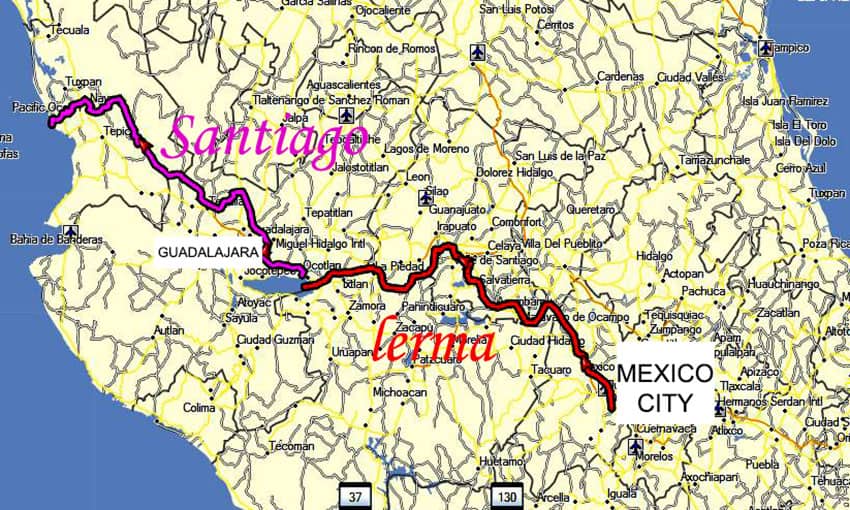
There, water from the well in the center of town was sickening children and the elderly because it was contaminated with arsenic and heavy metals. Arias Ortega became concerned and approached two scientists at the National Autonomous University (UNAM).
Together, they worked out a plan which eventually succeeded in cleaning up a total of seven wells. In 2021, they hope to do the same for two more wells in the state of Jalisco.
There is no point that better demonstrates the problem of pollution along the Santiago River than El Salto waterfall, located just southeast of Greater Guadalajara. It’s hard to believe, but long ago El Salto de Juanacatlán on the Santiago River was considered one of the most beautiful sites to visit in Jalisco. It was promoted as “The Niagara of Mexico,” and tourists came from far and wide right up until the 1970s to stand in its spray and marvel at its beauty.
Thirty years later, they might have landed in the hospital for doing that, if not in the morgue.
This was demonstrated all too tragically in January of 2008 when 8-year-old Miguel Ángel López fell into the water at the base of the falls. The boy immediately entered a 24-hour cycle of severe vomiting, hallucinations and diarrhea and then went into a coma. He was diagnosed as suffering from septicemia (a severe systemic infection) and a worsening infection of the brain. The child died after 18 days.
Eventually, the state Medical Arbitration Committee determined that Miguel Ángel had died of arsenic poisoning. The state water commission admitted that there were at least 80 sites where untreated sewage and industrial wastes, including arsenic, lead and mercury, were being dumped into the Río Santiago in its first 100 kilometers.
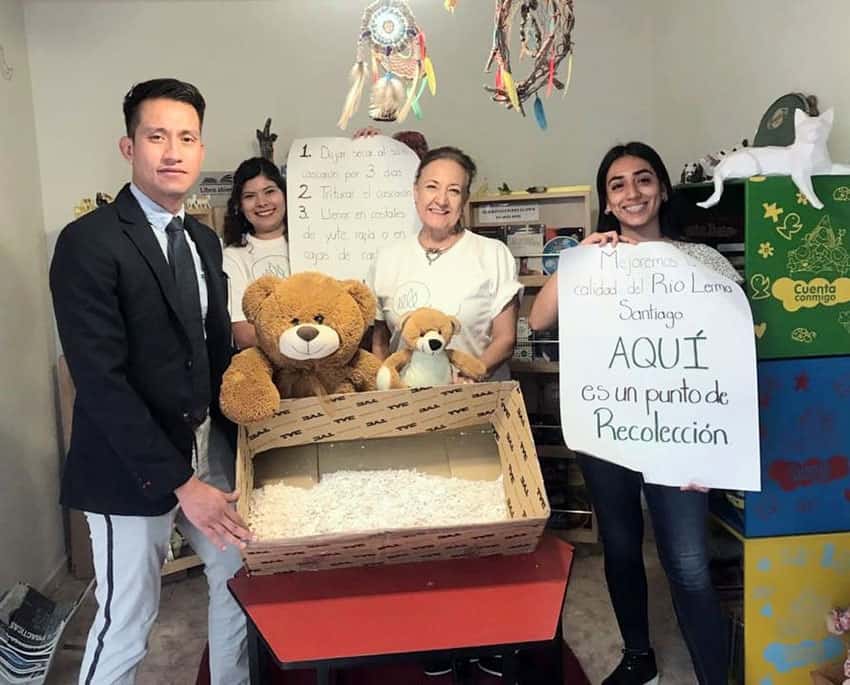
Nevertheless, Jalisco’s Ministry of Health claimed that the river’s water was normal, with the exception of high levels of harmless manganese, aluminum and iron, something they said posed no cancer risks.
In 2012, Greenpeace activists marked World Water Day by rowing into the sudsy waters at the base of El Salto to leave placards drawing attention to the fact that toxic substances such as mercury, cadmium, arsenic, chromium and lead were being dumped into the putrid-smelling, foam-covered river.
This inspired Sam Morrison, a sixth-grade science teacher at the American School in Guadalajara, to organize a rafting trip down the Santiago from Lake Chapala all the way to where the river enters the Pacific in order to call the world’s attention to the plight of those who live alongside its filthy waters. Amazingly, the crew of four survived the experience (with the help of gas masks) and produced a documentary called Deadwater to Delta, 540 km Down the Most Polluted River in North America.”
The Jalisco water commission finally admitted that the levels of these contaminants were four times higher than what is considered acceptable … and also reported that fecal matter in the river was 400 times higher than what is tolerable.
The extent of the pollution problem was brought to my attention in 2016 when a researcher invited me on a tour of the Ahogado River, which flows into the Santiago. We drove to the corner of two streets quaintly named Biblia and Rosario, next to what looked like a drainage ditch and stepped out of the car to be hit by a stench that nearly gagged us.
A young lady was pushing a baby carriage across a bridge over this canal, which was the natural bed of the Ahogado River. Ahogado, perhaps appropriately, means “drowned man.”
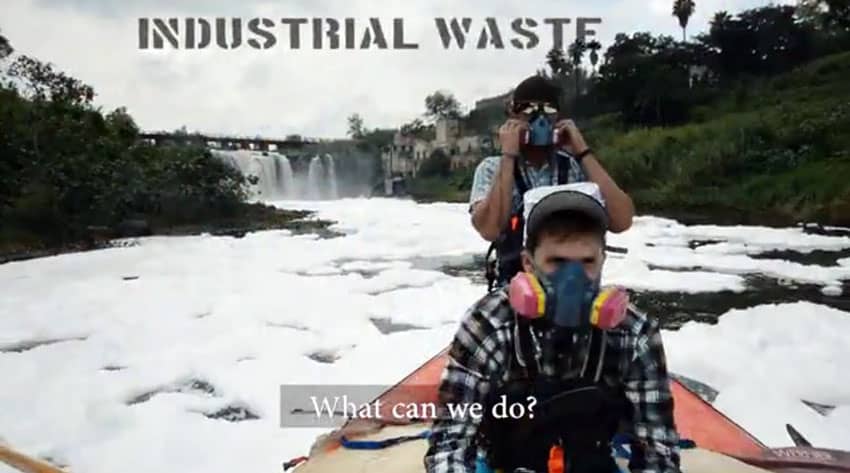
“The raw sewage from all the houses around here flows directly into this arroyo [stream],” professor José Luis Zavala explained to me, “and here is where the problem begins.”
We then followed the river downstream to where it flows past the Guadalajara International Airport. What we saw and smelled was pure sewage with great gobs of garbage floating on its surface.
Among the plastic bags, worn-out tires and “icebergs” of Styrofoam, we spotted the bloated corpse of a dead dog. To make matters worse, it appeared that the airport’s wastewater was flowing directly into the pestilential stream.
Just across the highway from the airport, the river flows right into a grim-looking swamp called La Presa del Ahogado, which stinks to the high heaven. Because it’s officially a wetland, it’s federal property.
All around it are factories: textile manufacturers, toolmakers, etc. All of them seem to be spilling their residues into the smelly bog.
In spite of the building of a treatment plant at El Ahogado in 2012, the Santiago River remains one of the most polluted in Mexico.
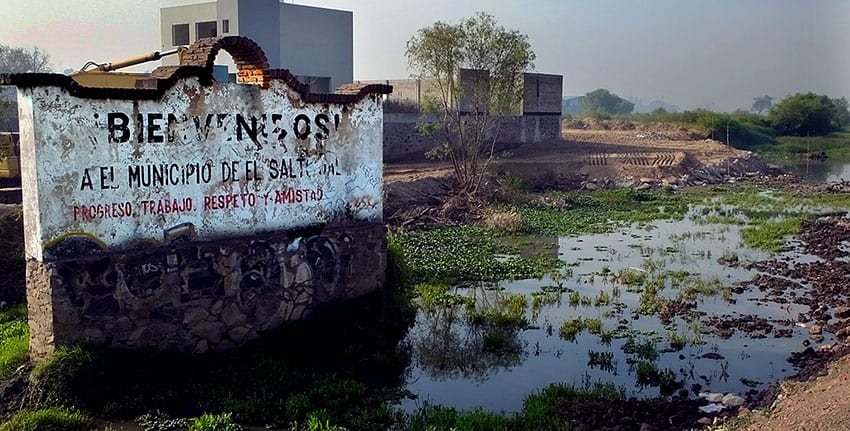
Nevertheless, concerned people like Evangelina Arias have decided to stop waiting for the government to do something and have worked out a practical way for local people to get usable water from wells alongside the river. No wonder the eggshell project quickly spread from México state to Jalisco and is beginning to inspire people all over the country, from San Miguel Allende to Guanajuato.
“We have made an effort, and it has been successful,” said Galán. “Now it is time to increase those efforts.”
To locate the eggshell collection point nearest you, call 56 2509 9767. The organizers are also looking for help in logistics and advertising and for donors of quicklime and magnesium.
The writer has lived near Guadalajara, Jalisco, for 31 years and is the author of A Guide to West Mexico’s Guachimontones and Surrounding Area and co-author of Outdoors in Western Mexico. More of his writing can be found on his website.
